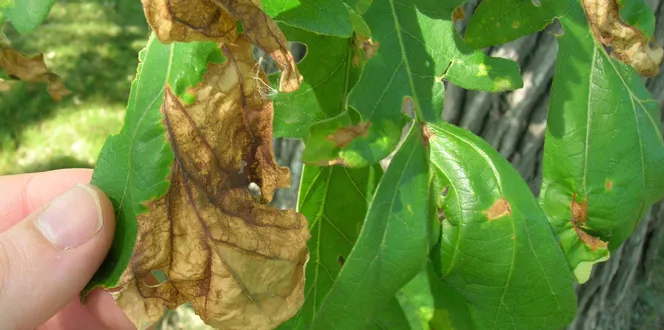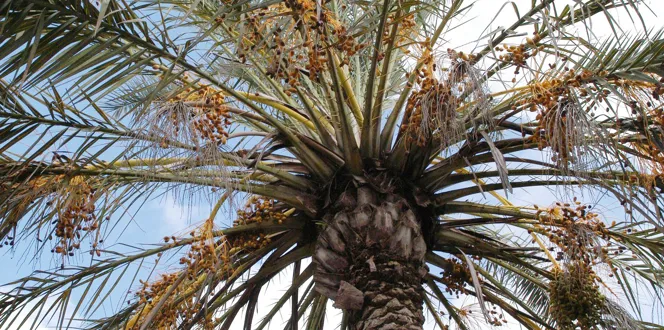When trees trade in their bare-boned branches for leafy green stems, it’s clear spring has arrived!
But what happens if your trees are still bare well into the spring season? That’s a question Davey blog reader Dianna from Ohio had when her flowering plum and paperbark maple trees didn’t get any new leaves in spring following an unusually warm winter.
Turns out, trees like Dianna’s plum or paperback maple aren’t the only ones that deal with delayed growth in springtime. If you have an oak, elm, or cherry tree not leafing out, or anyone of your beloved trees failed to bloom, keep reading to find out what happened and what you can do.
Why Your Tree’s Not Leafing Out Late In Spring
From disease to winter weather blues, trees sometimes have setbacks before they wake up in spring.
Why Your Ornamental Or Maple Tree Did Not Leaf Out
Maple trees are particularly troubled by unseasonably warm days followed by a sudden frost.
Your tree may have jumpstarted growth during a warm stretch in winter, expecting temperatures to stay mild. Then, it lost its progress when the weather turned cool again. There’s a chance your maple will still leaf out, but it might be slow to grow the second time around.
For ornamental trees like plum or cherry, the problem could be fluctuating weather or just fatigue. Like maples, ornamental trees can get tricked into sprouting too early. If that’s the case, they’ll show signs of frost damage and may not bloom again this year. But these trees might also skip out on spring growth simply because they put out a particularly heavy amount of growth last year. In this case, you should expect to see new blooms next spring.
Is Your Elm Or Oak Tree Not Leafing Out?
Elms and oaks sprout leaves later after the cold weather is gone’. Because of this, it’s not uncommon for these trees to wait until late spring or even early summer to grow leaves.
If your tree looks healthy (which you’ll find out how to determine below), just give it a little time!
Look For Disease Symptoms On A Tree That’s Not Leafing Out
Spring and tree disease go hand in hand, and anthracnose is a disease that can hinder leaf growth on trees like ash, maple, oak or sycamore.
Trees affected by anthracnose might prematurely lose their first flush of leaves early on. If there are any leaves left, they’ll be wilted, curled and brown. After the infection has subsided and if the tree is otherwise healthy, a second flush of leaves should occur.
What To Do When Your Tree Is Not Growing Leaves In Spring
You’re in luck! Often, a tree problem like this has an easy solution.
Here are a few ways you can help your late bloomer:
- Inspect the tree’s buds and stems. If your tree’s buds are plump on the outside and green on the inside, your tree is healthy and should grow leaves soon! Double check your tree’s health by scratching one of its twigs. Healthy twigs are moist and green underneath the bark.
- Mulch trees to help them recoup from winter. The proper amount of mulch keeps roots moist as the tree gains enough strength to grow more leaves. Remember not to pile mulch against the trunk of your trees and keep the depth at no more than 2-3 inches.
- Water. Water. Water. Proper watering helps trees that may be under stress from pests or disease.





